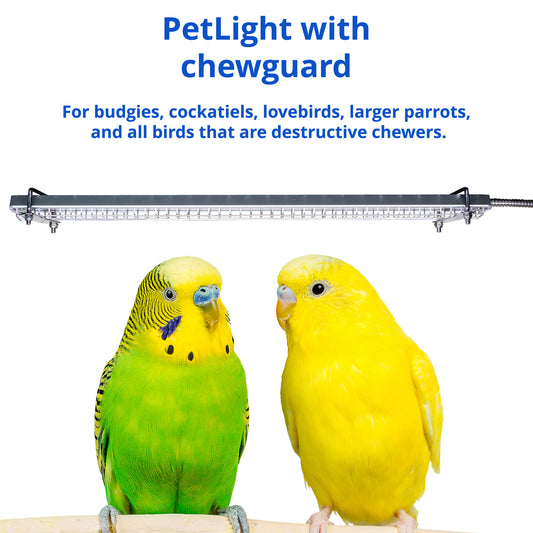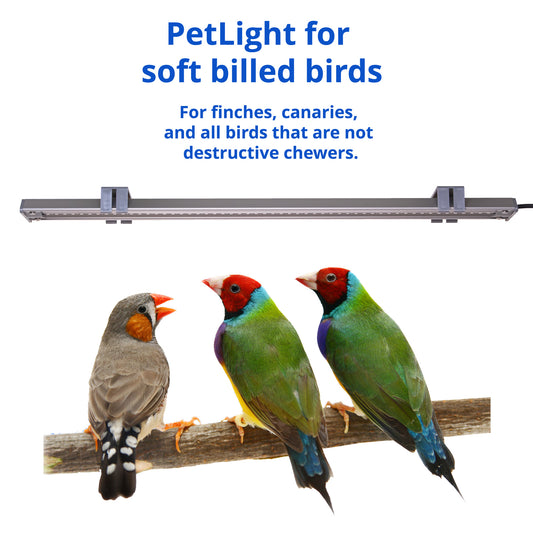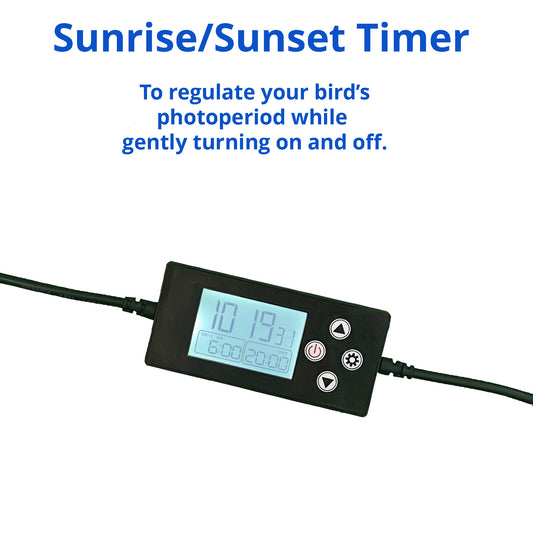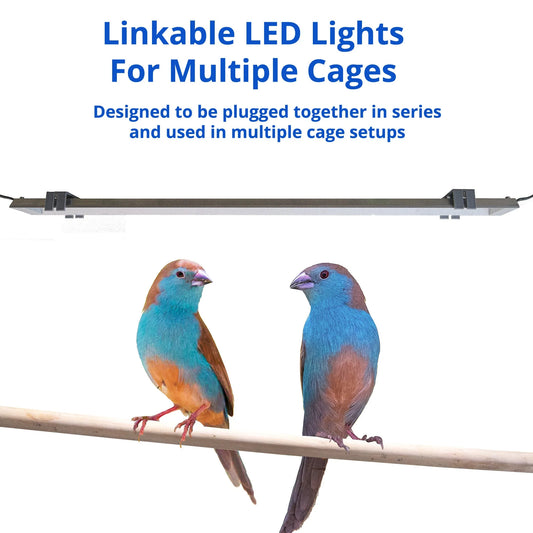Are Seasonal Light Changes Bad for Indoor Birds?
Share
Why Indoor Birds Live by Our Rules
In the wild, birds adjust to the changing seasons: longer days in summer, shorter ones in winter. But indoors, birds don’t have access to natural cues — they rely entirely on the light cycles we provide.
This raises a question many new bird owners ask:
Should indoor birds experience seasonal lighting changes at all?
The answer depends on what kind of life you want your bird to live — and what routines help them thrive.
Wild Cycles vs. Domestic Stability
In nature, birds use changing day length to regulate complex behaviors like migration, mating, and molting. But for birds in domestic settings, these seasonal triggers can be disruptive — especially if they’re not matched with space, mates, or resources to act on them.
Inconsistent indoor lighting that mirrors natural seasons can lead to:
Restlessness
Increased vocalizations
Irregular sleep and activity patterns
It may even confuse your bird’s sense of time, especially when light levels drop sharply in winter.
Why Stable Indoor Lighting Is Better
Rather than mimic the natural seasons, most avian experts recommend providing a consistent artificial light schedule year-round for indoor birds. This includes:
10–12 hours of full-spectrum light daily
A regular “on” and “off” time (ideally using a timer)
Minimal fluctuations even in winter or summer
This consistency gives your bird a predictable rhythm, supporting calm behavior and stable routines — without triggering hormonal swings or confusion.
Risks of Seasonal Inconsistency
Unintended seasonal shifts can come from:
Letting the bird rely only on daylight through windows
Moving the cage to new locations with changing light patterns
Turning indoor lights on/off at irregular times
These factors can unintentionally mimic seasonal changes and throw off your bird’s inner clock.
What About Birds That Seem to Enjoy Summer Light?
Some birds do become more active in longer days — but that doesn’t mean it’s healthy. Increased daylight can encourage mating behavior, nesting, or excessive vocalization — especially if they’re living alone or in confined spaces.
Unless you're intentionally breeding or creating a highly naturalistic aviary, it’s better to stick with a controlled indoor rhythm.
How HappyBird Lights Help Stabilize the Environment
HappyBird lights are designed to provide:
Full-spectrum visible light (no UVB or flicker)
Mounting directly above the cage — not room lights or lamps
Support for stable daily schedules
Optional use with a sunrise/sunset timer to ease transitions
With the right setup, your bird will wake and rest on a predictable cycle — regardless of the season outside.
Conclusion: Skip the Seasons, Stick to Stability
Seasonal lighting might make sense for birds in the wild, but indoor birds benefit more from consistency. By giving your feathered friend a reliable schedule of high-quality light each day, you support a calmer, more structured, and happier life — all year long.





